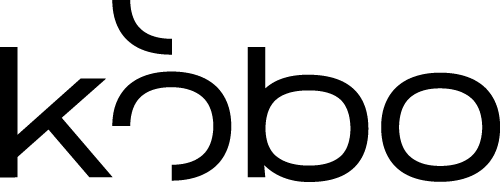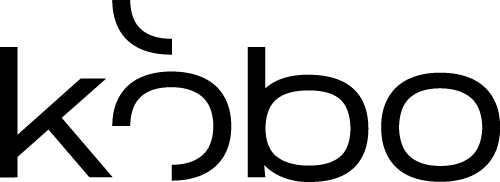No products in the cart.
Copyrighting your Art
Read recommendations by Thomas Boldt on Copyrighting your Art.
As mentioned in my previous post, the internet is an incredible, wondrous thing that has completely revolutionized the way the world works. It’s possible to speak to people half a world away instantaneously, sharing art and music and ideas – and for the most part, we’re all better off for this collaborative ability. Unfortunately, the free flow of ideas can sometimes go a bit too far – like when someone freely decides to re-use a piece of your artwork without permission.
The first part of this series discussed digitally watermarking your images to help ensure that you’re credited as the creator, and while that’s a great first step to protecting your artwork online, there are other things you can do to make sure you get the recognition you deserve for your work (read up on it here if you missed it).
If you have a large budget to work with, there are a number of services that operate scanning bots on the internet designed to search for copyrighted images. These are software programs that operate like search engines, sifting through the web for images and comparing them against a client database of protected works. They make it easy to keep track of a large number of images, but the services can be expensive, and thanks to Google there’s a relatively simple way you can check the web yourself.
Visit google.com/imghp and click the small ‘camera’ icon in the search box. That will bring up the ‘Search by Image’ dialog box, which allows you to upload a small image of your work and have Google check its massive search index to see if the image is used anywhere else on the web. You might be surprised by what you find! Just remember that some of the image results will only be similar, not exactly the same.
If you find that someone has used your work without your permission, there’s a number of different ways you can handle the situation, depending on what country you live in and who has used the work. Generally, the best course of action is to keep calm and contact the person who misused your work, and see how they respond. Most people will be helpful and try to do the right thing, but if all else fails, you can always get the legal system involved.
Last but not least, remember that providing someone with your artwork for free in exchange for ‘exposure’ is almost never a good idea! They wouldn’t expect a doctor or dentist to provide free services in exchange for ‘exposure’, and there’s no reason your creative talents should be undervalued either. Protect your work – and its value!


